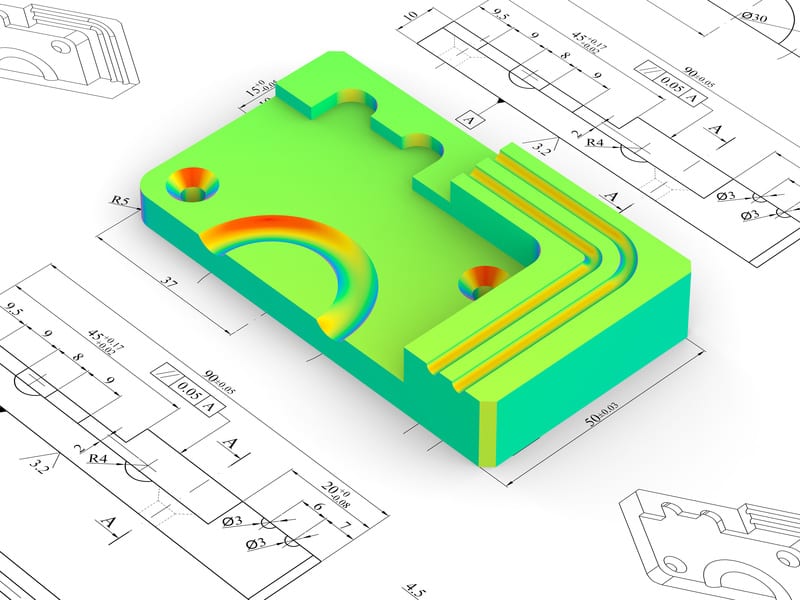

It is hard to leave our comfort zone, because we spend most of our time there. When we change our way of working, we have to climb a “potential barrier” very much like a neutron before inducing fission of an uranium nuclei.

To my surprise, not only was it doable, but it turned out to be the best way to do CAD after all. Try to remember what came to your mind when you first heard about Onshape and they said “CAD on the cloud.” I remember what I thought: “it cannot be done.” Innovation and Quantum Potential Barriers So let us fire our super-powerful and extremely-complex finite-element analysis program and see what happens, right? Well, there is still another engineering-friendly way. Unless we go the curved-non-uniform beam path, we need a finite-elements tool to simulate (I would rather say “ to model”) the stresses within the hook for the design loads. We are constantly optimizing variables, especially time and cost. But we engineers build just “big-enough” (and heavy-enough and costly-enough) hooks. Actually the word “engineer” comes from the Latin “ingenium.”Īnyone can build “big” hooks and move on. We use expert judgment, we apply our past experience, we ask around for other people’s advice, and we bring to the table a lot of other tricks like ingenious out-of-the-box thinking.

But we do not employ just science in our endeavors. I do not buy that old saying that “engineering is applied science.” Sure, what’s not to love about knowing the difference between Newton’s and Lagrange’s formulations of classical mechanics? It is great to know how to go from the Peano axioms to Krylov subspaces. And someone who builds things and creates stuff from scratch. An engineer is someone who solves problems. Engineers Solve Problems Cost-EffectivelyĪn engineer is not someone who has a neat college degree or a fancy PhD. But what about testing the hooks that the beam is hanging from? We might assume a hook is like a curved beam with a non-uniform cross section, but there is a better answer: finite elements. The Euler-Bernoulli equations are easily found today on Wikipedia. Wouldn’t you?Įngineers have known how to solve beams with paper and pencil since the time of Galileo Galilei. You’d want to know that they had actually performed calculations on all the beams that you might be standing on – and eventually would bear much heavier loads. Underneath your stoic demeanor, however, you’d probably want to be sure that the engineers double and triple-checked that their building design was structurally sound. Pretend for a minute that you are one of the fellows casually working on the Empire State Building in 1931, acting as if you don’t have a care in the world.


 0 kommentar(er)
0 kommentar(er)
